Error F12 in a Siemens washing machine
 If your Siemens washing machine displays code F12, you will have to check the motor. As a rule, we are talking about the fact that the equipment cannot spin the drum: the motor is faulty, or the connection with it is lost. With such an error, the drive belt often remains in place, and the control board remains above suspicion - another combination is provided to break it. So let’s immediately move on to diagnosing the engine, assessing the condition of the electric brushes, windings and lamellas.
If your Siemens washing machine displays code F12, you will have to check the motor. As a rule, we are talking about the fact that the equipment cannot spin the drum: the motor is faulty, or the connection with it is lost. With such an error, the drive belt often remains in place, and the control board remains above suspicion - another combination is provided to break it. So let’s immediately move on to diagnosing the engine, assessing the condition of the electric brushes, windings and lamellas.
Let's find and check the motor
It is not difficult to independently check the motor for performance. The main thing is to know in advance what to do and in what order. Be sure to study the type and principle of operation of the engine installed in Siemens. Thus, Siemens washing machines are equipped with commutator motors that include a drive belt. Unlike inverter ones, they are cheaper, more compact, more powerful and easier to operate and repair. But there is also a minus - “collectors” break down more often, since some components quickly wear out and require replacement.
Error F12 indicates problems with the engine: a broken device, worn out electric brushes, peeled lamellas or damaged windings.
The design of the commutator motor includes a rotor, a stator and two electric brushes. The lamellas and winding are responsible for transmitting current through the mechanism. There must be a sensor that controls the number of revolutions the engine picks up. When diagnosing with your own hands, each mentioned element is sequentially checked. But first the engine must be dismantled: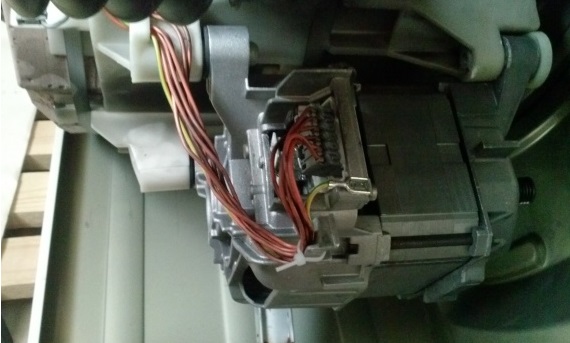
- remove the back panel from the Siemens case;
- pull the drive belt off the pulley;
- find the engine located under the tank on the right side;
- take a photo of the chip or remember the location of the terminals to facilitate reverse connection;
- disconnect the wiring connected to the motor;
- loosen the fixing bolts;
- After swinging, remove the engine from the “socket”.
First of all, the engine itself is tested. The circuit is simple: we connect the wires from the stator winding to the rotor and apply a voltage of 220 Volts to them. If the motor starts to work and spin the shaft, then the mechanism is “live”. In this case, we move on to diagnosing individual components of the Siemens washing machine engine. The immobility of the device will clearly indicate a breakdown and a necessary replacement.
Despite the simplicity of the test, it must be carried out with extreme caution. Firstly, you should be careful when manipulating voltage. Secondly, the motor must not be allowed to overheat due to direct connection. It’s better not to take risks and include a heating element in the circuit, which will heat up if there is a current leak, taking on the entire blow. Thirdly, we remember that such diagnostics are only superficial and do not allow us to understand how the part will work at different speeds.
Brushes worn out
The second stage of diagnostics is electric brushes. They are attached to the engine body and are responsible for smoothing out the outgoing frictional force with the help of specially provided carbon tips. If the “coals” are worn out too much, the motor starts to spark, the board detects overheating and displays error F12. Electric brushes are checked as follows: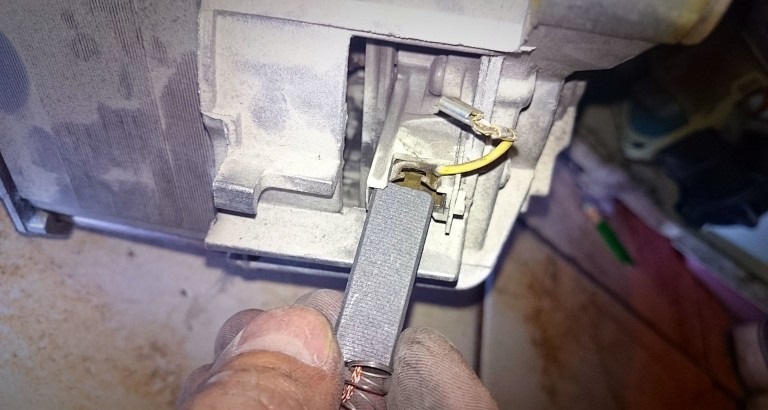
- unscrew the fixing bolts;
- compress the spring;
- unhook the brushes from the body;
- open each “case”;
- measure the length of the tips.
When purchasing new brushes, refer to the Siemens model serial number.
A fault code is displayed if the length of the “charcoal” on one of the brushes is less than 1.5 cm. There is only one way out - replace the rods, and always in pairs. New cases are installed according to the instructions described in the reverse order.
Checking other engine parts
Repairs and diagnostics of lamellas continue. These are metal plates that are glued to the shaft and transmit current to the rotor. Over time, they become damaged or peel off, leading to engine failure. With minor detachment, it is enough to smooth out the “burrs” with sandpaper, but severe detachment will require a complete replacement of the device.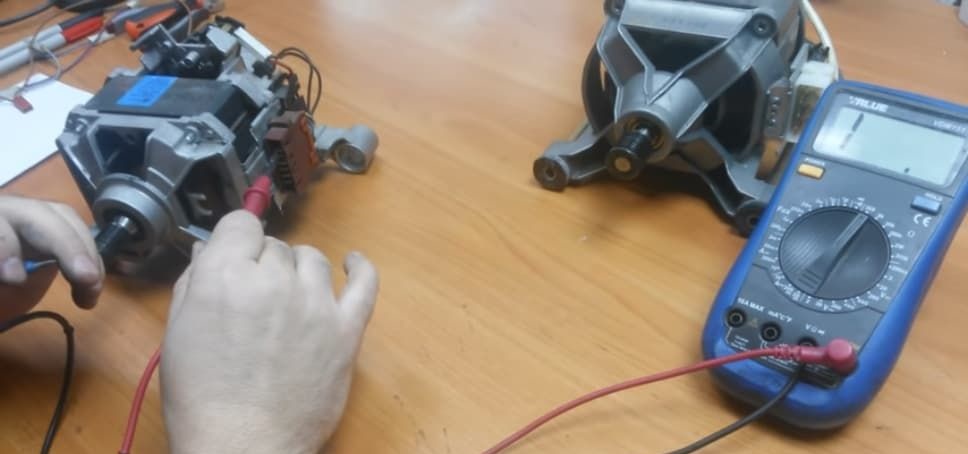
Error F12 also results from problems with the winding - the motor does not start or does not have time to accelerate. When current is applied, a short circuit occurs, the motor heats up, the thermistor detects overheating, and the control board has to reset the program. As a result, either the temperature sensor or the engine itself breaks down. The winding is tested with a multimeter:
- turn on “Ohmmeter”;
- touch the lamella with the probes;
- look at the result (the norm is from 20 to 200 Ohms, deviations indicate a short circuit or break).
Then we turn on the buzzer and ring the stator for breakdown. If a current leak is detected, the situation can only be corrected by replacing the motor. We buy a new motor, install it and start a test wash.
Interesting:
Reader comments
- Share your opinion - leave a comment

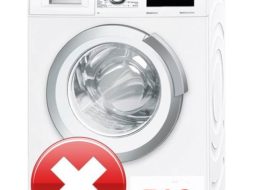


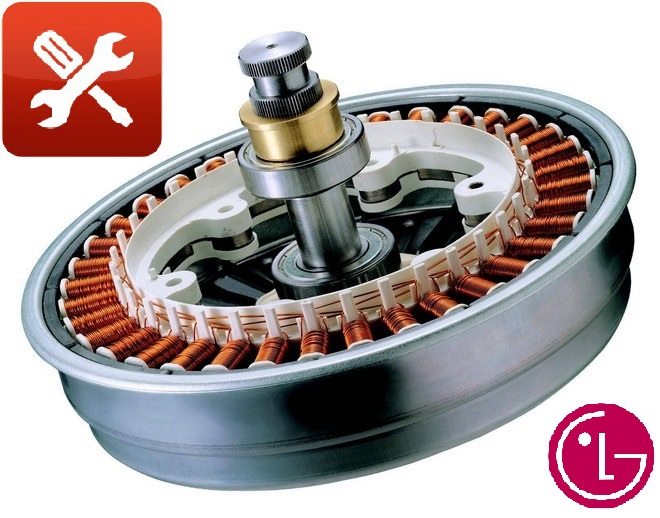
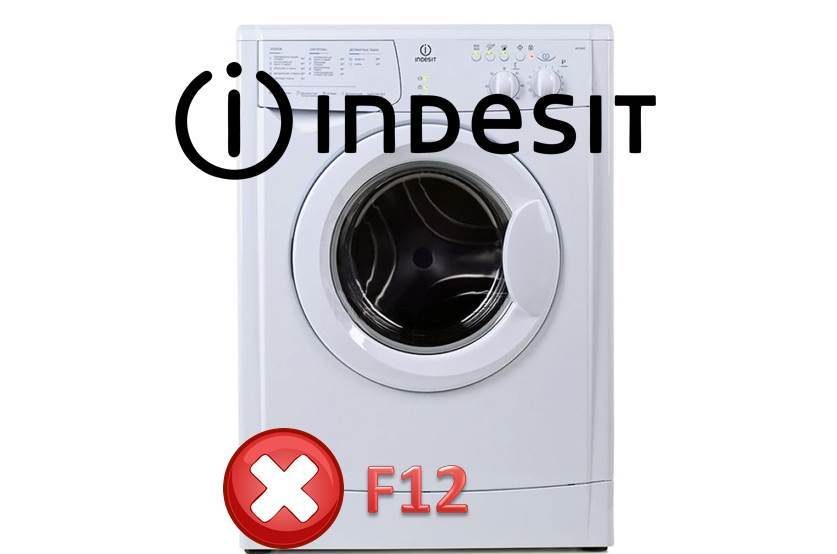
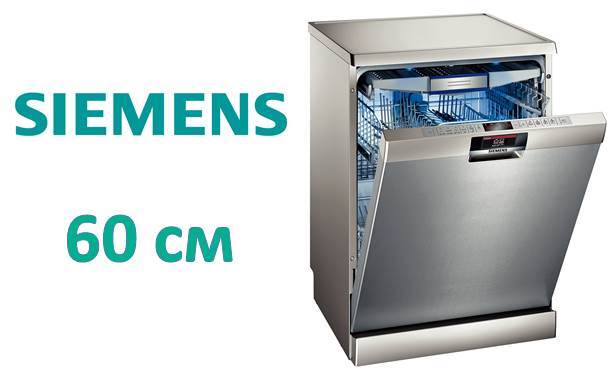














Add a comment